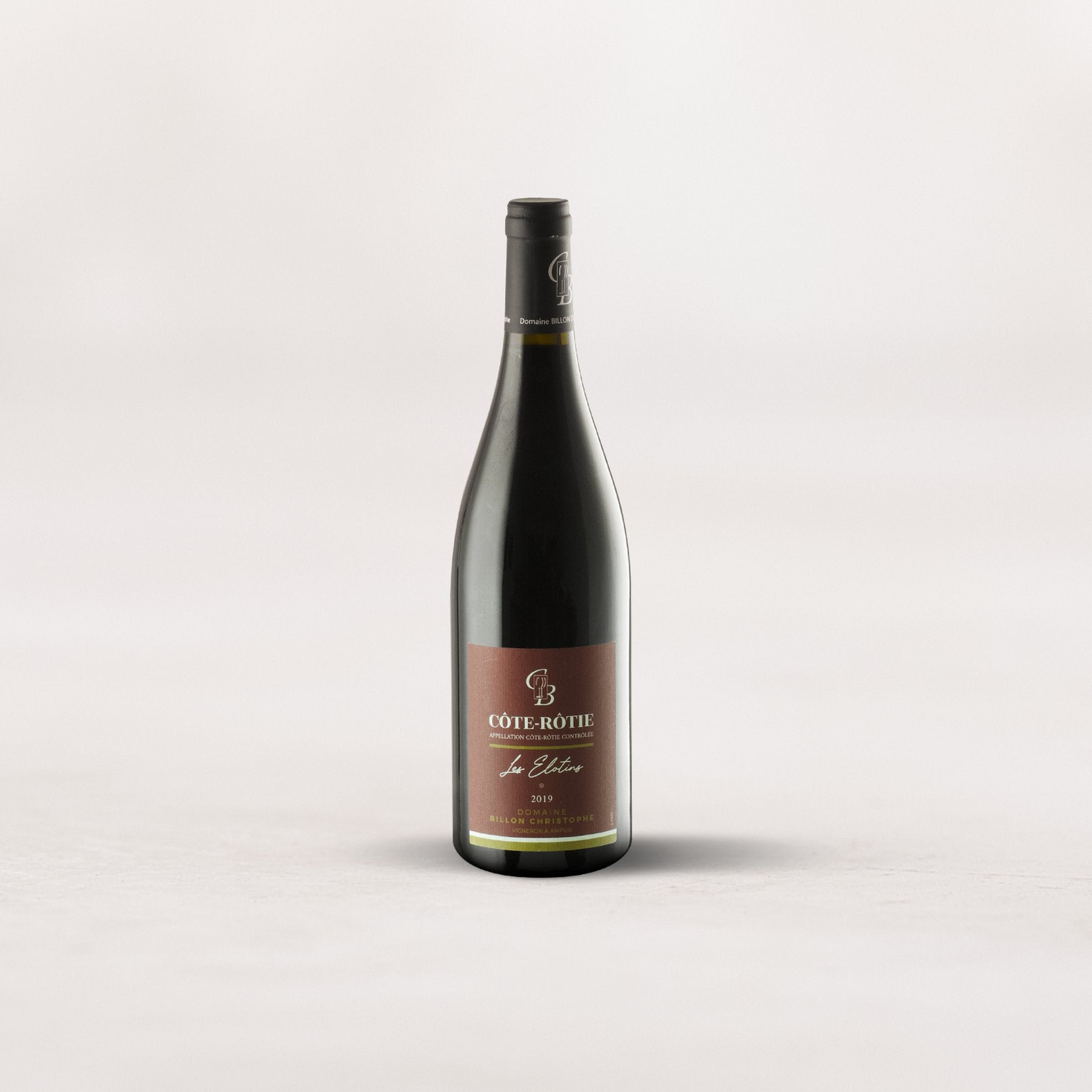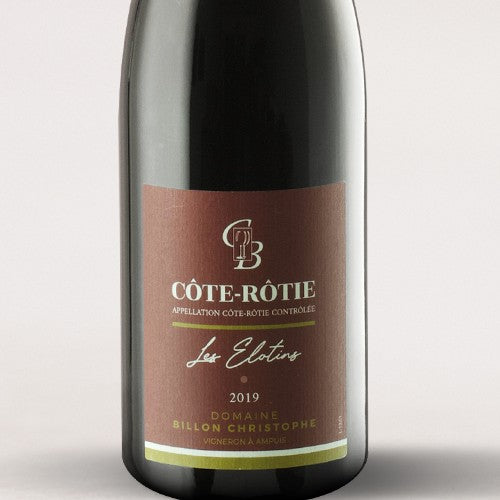We’ve said it before, but I feel it’s helpful to remind everyone that Germany is the world’s third-largest Pinot Noir producer, and that the vineyards of the Baden region, home of today’s knockout from Burg Ravensburg, were developed by the same monastic growers who brought Pinot Noir to prominence in Burgundy. So, now that we’ve established the terroir bona fides of Baden, let’s turn to the winemaking dynasty that is Burg Ravensburg: Established in 1251 in the village of Sulzberg, the Burg Ravensburg castle and winery sits atop a vine-draped hill every bit as dramatic as Corton in Burgundy, and over the course of its many centuries has acquired the most impressive collection of individual vineyards in the region—including 80% (!) of all the Grosse Lage (Grand Cru) parcels in the area. To top it all off, Burg Ravensburg is said to be the largest estate in Germany to be certified organic. That resumé would easily fetch triple digits in Burgundy, which is why I continue to believe that German Pinot is one of the world’s best values.
Located at the northern end of the Baden appellation, Sulzfeld is in the Kraichgau sub-region, which is known for its gypsum-rich marl soil, called keuper, which combines red clay with limestone and sandstone. Their Grosse Lage Pinot Noir vineyard is a steep, south-facing parcel called “Löchle,” which is supplemented with fruit from other Sulzfeld-area sites to create this “village-level” bottling.
The year 1251 is prominently displayed on every Burg Ravensburg label, and why not? There aren’t many estates in the world—and far fewer vineyards—that draw on this much history. Yet, shockingly, the family itself goes back even further, having been locally documented as Barons back in 931 AD. I’d say it’s safe to assume they know the land better than anyone else could. To extract every ounce of character from this ancient terroir, owner Heinz Heiler made a wise decision when he hired Claus Burmeister: Not only does Claus have a degree in viticulture, he was raised in the Burg Ravensburg cellar, as his own father was head winemaker when Claus was growing up.
Today’s 2017 is the kind of finessed style Germany is known for, but it is worth remembering that as the planet warms, once-marginal climates like Baden are beginning to turn out richer, more complex wines. Although this is a pretty and perfumed style with modest alcohol, there is plenty of ripe fruit balanced by the wonderfully smoky, woodsy notes that characterize Baden Pinot Noir (we are not far from the Black Forest, after all). In the glass, it shines a medium garnet-red and sends up a wave of red fruit and floral aromas after a few swirls: cherry, cranberry, and wild strawberry, followed by lots of underbrush, wood smoke, warm spice, and wild herbs. It was aged 12 months in used casks, so oak-derived flavors are mostly an accent note, with lots of turned soil and black pepper savor on the finish. It is tangy, juicy, gently tannic, and ready to pop and pour right away: Serve it at 55-60 degrees in Burgundy stems and marvel at its ability to take on all comers at the dinner table: salmon, roast chicken, grilled steaks, you name it. I can’t resist something thematic for this wine, so see the attached recipe for spaetzle with mushroom gravy. That’s going to be a meal to remember—and replicate! Enjoy!











